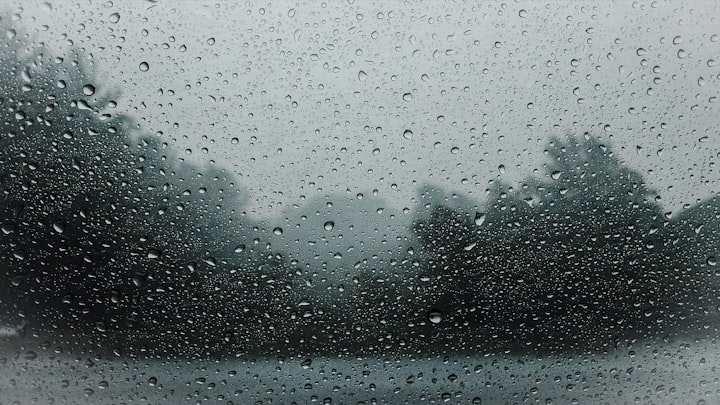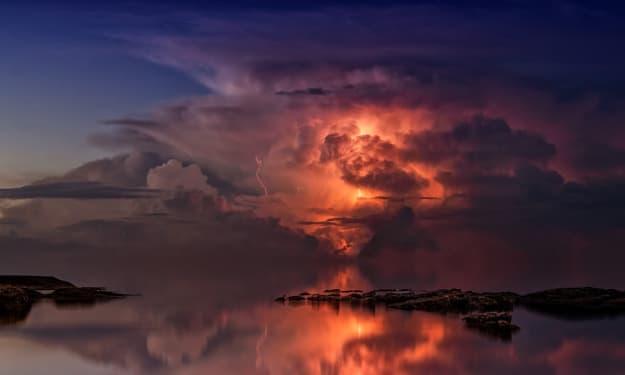Long-term forecasts indicate that La Nina's features may return at the end of the rainy season, possibly at the beginning of the next dry season. Once the forecast is confirmed, it can end the season and usher in the next dry season.
The Costa Rica rainy season begins in the first few months of the mild construction season and dries up quickly. If you arrive at any other month of the rainy season, most days you will feel the rain and the beautiful weather. Enjoy plenty of sunlight in the morning, small crowds and low prices.
During the rainy season, the days begin sunny, but the rain falls in the afternoon and evening. Occasionally there may be a storm, but rarely a day goes by without a single drop of rain. Some years get wetter than others, and in other years it won't rain at all.
The season usually begins May 5 in Orlando and early July at Daytona Beach. On average, the season starts on May 27 in Orlando and on May 29 in Daytona.
Costa Rica's peak tourist season runs from late November to late April and coincides with the cold winters in the United States, Canada and Europe. If you want to spend some time on a tropical beach with little rain, your rainforest experience is the ultimate.
Although the rainy season may affect your travel plans, you can still have an amazing time visiting amazing places and experiencing a thrilling experience that is not marred by rain. If you want the rain to be a good reason to go to the beach, go to Hawaii to do something, or do some activities on rainy days.
About two-thirds of our rainy season falls during the rainy season, which runs from late May to early October. During the months of May and June there is more rain because it leads to the official rainy season. From the end of the rainy season in late August to mid-October, rainfall varies greatly depending on tropical activities (or the absence of them).
You may have heard of the term rainy season or the rainy season but this refers to the time when the winds from the Indian Ocean swell to the bottom of the Southeast Asia subcontinent. The rainy season in southern Asia runs from June to September and results in heavy rainfall. In some areas, heavy rain accompanied by such winds changes the rainy season, known as the rainy season.
In the South Pacific, Drake Bay and Corcovado, heavy afternoon rains are common since early May. Winter and winter are also times when strong, dry winds blow in California. The winds that create the wet and wet weather that we associate with the rainy season can also create tropical storms that can occur at any time.
Heavy rains in the afternoons increase in July and August, making these months an ideal time to visit the northwest dry west coast. The heaviest rain falls on the eastern slopes of the highlands of central Costa Rica, as dry air seeps in from the Pacific coast.
The wet climate is caused by cold winds from the north that collide with winds from the warm southern winds that lead to rain for several weeks. Rainfall is also influenced by strong winds blowing from Costa Rica from the northeast for most of the year. The rainy shade provides relatively dry conditions in most parts of Costa Rica.
The following weather map shows the regions of Costa Rica where it rains heavily. All countries have a tropical climate, and all countries have their own rainy and dry seasons. The dry season is considered to be the type of Costa Ricans, from mid-November to April.
According to a new study published in the journal Geophysical Research Letters, the onset of the California annual rainy season began a month earlier than 60 years ago and lasted from November to December. The results show that the official start of the California rainy season is now 27 days after 1960, with rainfall concentrating in the months of January and February.
The onset of the annual California rainy season was removed from November to December, increasing the period of devastating wildfires in the provinces by months, according to a new study. According to the study authors, the initial delay of the rainy season may be due to changes in the patterns of atmospheric circulation that bring rain to the West Coast. Scientists say the delay in heavy rains extends the country's wildfires and exacerbates water shortages.
Delaying the onset of the rainy season and stabilizing the rain and snowfall during the main winter months affects the way state water projects store and discharge water from agricultural and community transport ponds. The long dry season leading up to the fall, when the state is devastated by coastal fires in the winter months after heavy rains, raises obvious concerns about the flow of mud and debris and scars.
For example, it tends to rain less on the southern coast of Maui than on the north coast of Kauai. State agriculture has evolved and continues to adapt to the rainy season. For example, summer rains do not produce heavy rainfall, but the southeastern region of Tamil Nadu receives the heaviest rainfall from October to November.






Comments
There are no comments for this story
Be the first to respond and start the conversation.